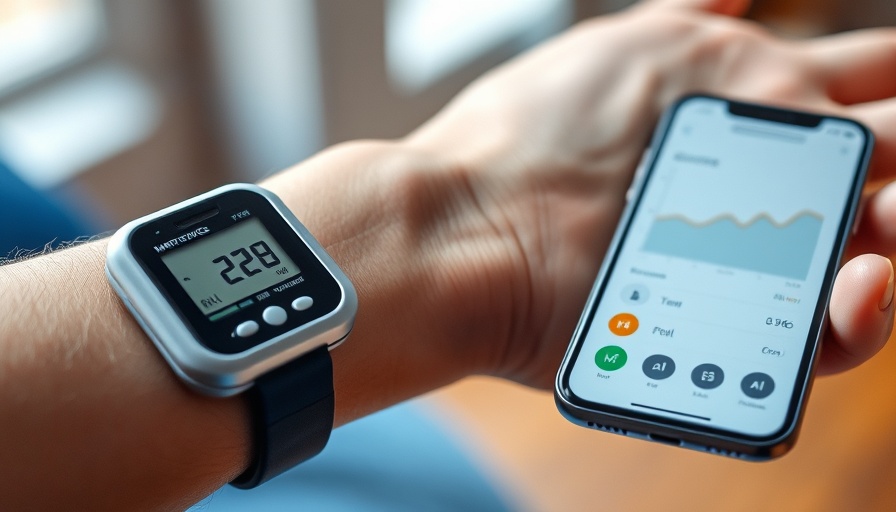
Revolutionizing Diabetes Management: The Role of Intermittent Glucose Monitoring
The recent study highlights a groundbreaking approach in diabetes care, particularly for older adults facing challenges in managing their condition. Intermittent glucose monitoring not only offers a more adaptable method for tracking blood sugar levels but also significantly enhances long-term control, as demonstrated in the findings presented in the recent publication.
Importance of Comprehensive Blood Sugar Control
For older adults, achieving stable blood sugar levels is crucial. Chronic hyperglycemia can lead to severe complications such as cardiovascular diseases, neuropathy, and retinopathy. The ability to monitor glucose levels flexibly allows patients to better understand their dietary choices, medication effects, and daily activities that may influence their blood sugar. By implementing intermittent monitoring, patients can gain insights into their daily fluctuations, leading to more tailored and effective management plans.
What the Study Found
The study reveals that older adults, when equipped with intermittent glucose monitors, showed a marked reduction in HbA1c levels—a crucial measure of blood sugar control over time. Participants reported feeling more empowered in their health management and experienced less anxiety surrounding their diabetes, showcasing the psychological benefits alongside physical health improvements.
Future Implications for Diabetes Care
This innovation suggests a future where diabetes management is not solely reliant on regular check-ups or constant monitoring. Instead, it promotes a model where intermittent use fosters a deeper understanding of individual health needs and responses to various lifestyle factors. With technology evolving, combining data from intermittent monitors with mobile health applications can provide personalized health feedback to patients and their healthcare providers.
Counterarguments and Diverse Perspectives
While the benefits of intermittent monitoring are clear, some healthcare professionals may still be skeptical about its accessibility and affordability for all. There are concerns about the potential for patients to over-rely on technology or misinterpret data without professional guidance. However, the integration of healthcare education with these monitoring systems can mitigate these risks and enhance patient knowledge.
Local Versus Global Perspectives on Diabetes Management
Diabetes prevalence is a growing concern globally, emphasizing the need for affordable and accessible treatment options. While other countries might lead in adopting mobile health technologies, the U.S. is catching up. This recent study underscores the importance of matching these advancements with educational resources to ensure patients, particularly older adults, can fully utilize the benefits of intermittent glucose monitoring.
Next Steps for Patients Interested in Intermittent Monitoring
For older adults or caregivers, considering intermittent glucose monitoring means exploring available devices, discussing with healthcare providers, and weighing the potential benefits against traditional methods. Empowerment and education are key to making informed decisions about diabetes management.
As we look forward, it is essential to continue the conversation around how technologies like intermittent glucose monitoring can play a pivotal role in advancing diabetes care, particularly in older adults. This study not only sheds light on successful outcomes but also paves the way for future innovations that can enhance quality of life and health management.
 Add Row
Add Row  Add
Add 




Write A Comment